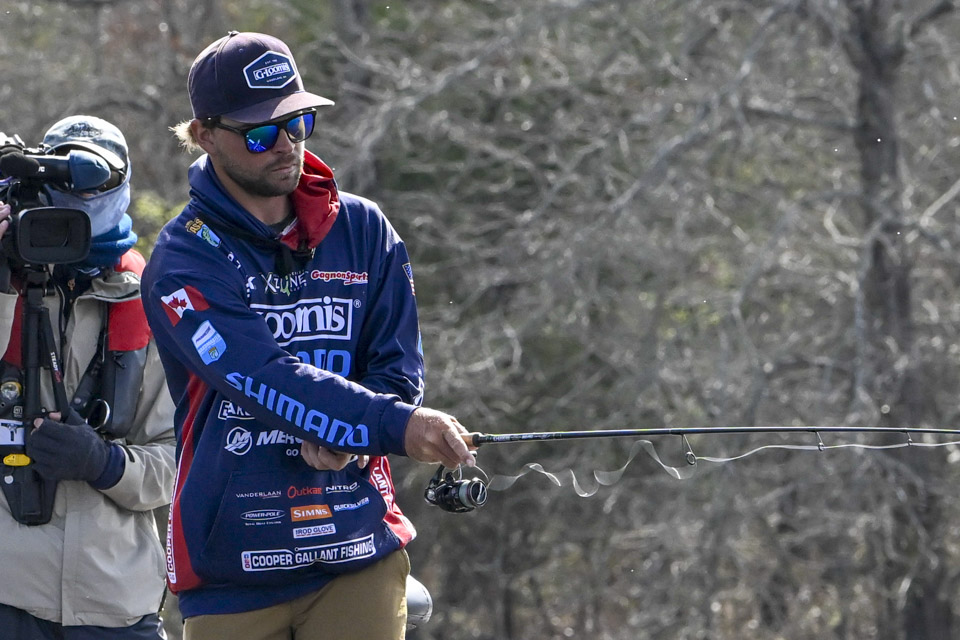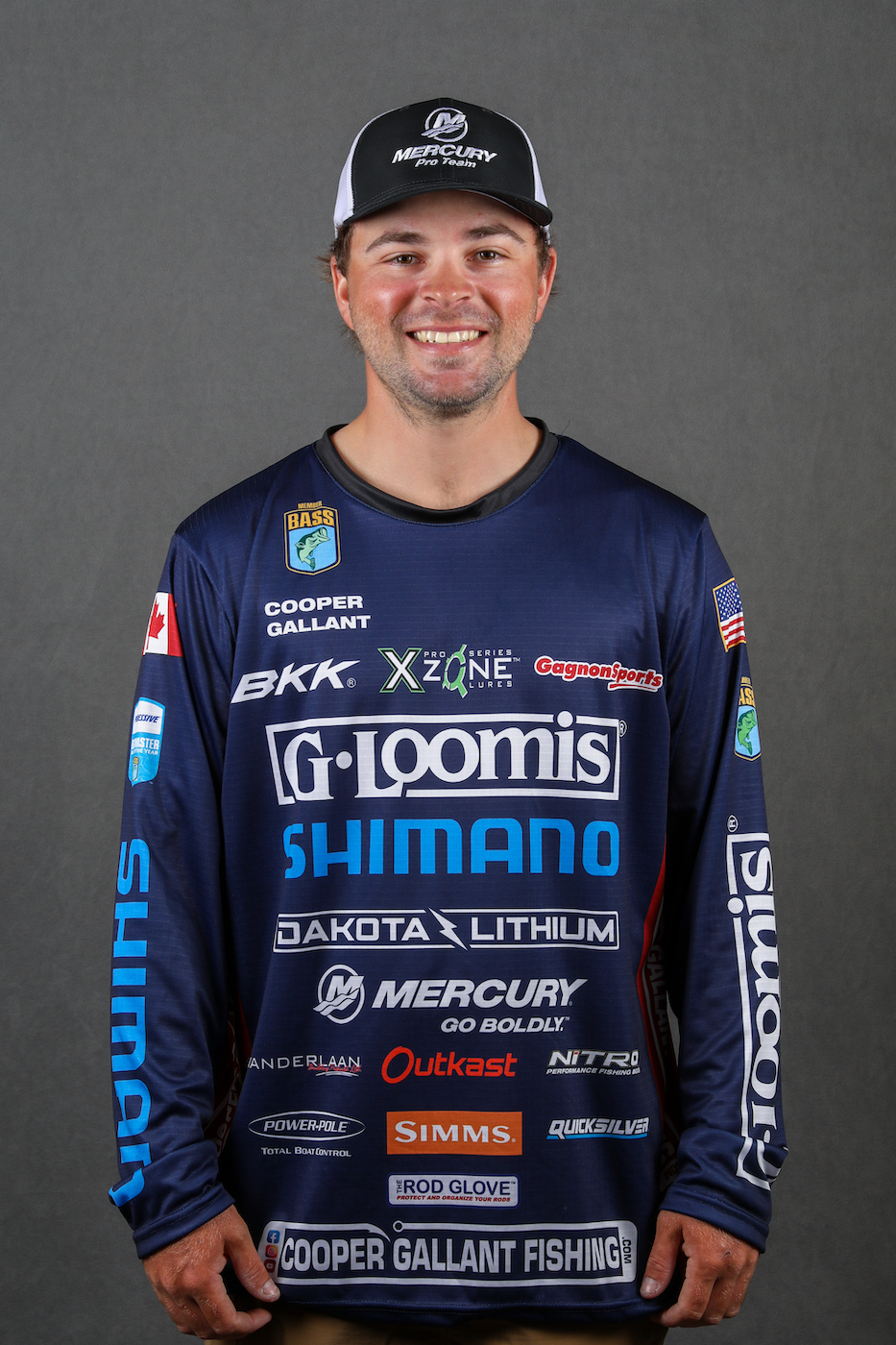
After fishing the fifth Bassmaster Elite Series tournament of the season at Lake Murray, I drove straight home to Bowmanville, Ontario. I had a bad practice at Lake Murray, which has been the case at most of my Elite events this year.
I finished in 55th place, less than a pound shy of making the Top 50 cut. I didn’t get a check, but I did well enough stay on course for the Classic. I’m currently 22nd in the Progressive Bassmaster Angler of the Year (AOY) standings.
I’ve been on the road since Christmas, so it’s nice to be home, to spend time with family and friends and to regroup for the rest of the Elite season. I definitely need to clean and reorganize my truck. I can’t open the passenger door without things falling out of it.
I won’t be bass fishing while I’m home because our season in Ontario doesn’t open for another month. I’ll probably get out and do some pike and walleye fishing. I might even fish the annual Canada-U.S. walleye tournament in Bobcaygeon, Ontario, with my dad, Carey.
I’m happy with where I am in the AOY standings. As anglers, we always want to do better no matter where we are in the points. It could be much worse. One or two bombs will drop you below the Classic cut.
I’ve already survived one bomb, finishing 82nd at the Harris Chain. With only four tournaments left, and with the points so tight, I need to avoid another bad showing.
The next two tournaments in Alabama will be crucial for me. If I stay above the Classic cut after those events, we’ll be heading north to smallmouth country where I’ll be more comfortable.
With the exception of the St. Johns River, I wasn’t confident about catching bass on the first day of every Elite tournament. Although I was getting a lot of bites in practice at the St. Johns, I never thought I was in contention to win.
Practice there was limited to two days. One of the tournament days on the Harris Chain, which took place the week before, was postponed due to bad weather. At St. Johns, I locked through to Rodman Reservoir on both practice days and fished there the entire tournament.
I focused on wood. Rodman is a maze of stumps, laydowns and standing timber. I believe half the bass there relate to timber and the other half chase bait.
The amount of standing timber can be overwhelming. I targeted any irregularities, such as a cluster of trees and where once piece of timber had fallen onto another.
The best trees and stumps had their submerged root systems exposed above the bottom. The roots gave the bass something to hold on. I could see the roots with 360 Sonar. If the roots were buried in the mud, that tree or stump wasn’t likely to hold a bass.
I was catching them on Xzone’s green pumpkin Deception Worm rigged on a shaky head and a drop shot. I was also flipping a green pumpkin Senko to the roots. I rigged it on a 3/0 BBK Heavy Cover Flipping hook and with an unpegged 1/16-ounce tungsten bullet weight.
The bigger bites came from 5 to 8 feet deep, but I caught the majority of my bass in 8 to 12 feet. Most of the bass bit within the first couple of seconds after the bait hit bottom.
What I failed to do in Rodman Reservoir was figure out how to catch the bass that were chasing baitfish. A couple of the guys did well on those roaming bass.
They say you have to catch at least one kicker bass to do well in any Florida tournament. I got my kicker the first day, a 7 1/2-pounder. If I hadn’t caught that bass, I wouldn’t have made the Top 50 cut. I finished in 31st place, which earned a check and some much needed points.
If I can do as well in the upcoming Alabama Elites, I’ll be in great shape.





